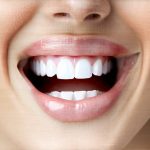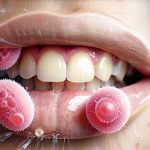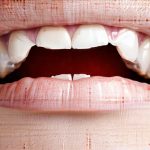The oral cavity is a complex ecosystem teeming with microorganisms – bacteria, fungi, viruses, and archaea. Maintaining a balance within this microbial community is crucial for overall health, extending beyond just preventing cavities and bad breath. Disruptions in this delicate equilibrium can lead to various oral diseases like gingivitis, periodontitis, and even systemic conditions linked to oral inflammation. Increasingly, research explores the potential of probiotics – live microorganisms that confer health benefits on their host – as a means to restore and maintain oral microbial balance.
This exploration isn’t simply about adding ‘good bacteria’; it’s about modulating the existing microbiome, influencing its composition and activity to promote healthier outcomes. Probiotics are not one-size-fits-all; different strains exhibit varying capabilities and effects. Understanding these nuances is key to appreciating their potential role in oral health management and preventative care.
The Oral Microbiome: A Delicate Balance
The human mouth provides a warm, moist environment rich in nutrients, making it an ideal habitat for countless microorganisms. While some are beneficial, contributing to digestion and immune function, others can contribute to disease. This interplay between helpful and harmful microbes is what defines the oral microbiome’s balance. Factors like diet, hygiene practices, antibiotic use, and even stress can disrupt this balance, leading to dysbiosis—an imbalance associated with increased risk of oral health problems.
Probiotics Defined: More Than Just Gut Health
Originally associated primarily with gut health, the concept of probiotics has expanded significantly in recent years. They are defined as live microorganisms that when administered in adequate amounts confer a health benefit on the host. In the context of oral health, probiotic strains often include species from Lactobacillus, Bifidobacterium, and Streptococcus genera, though research continues to identify other promising candidates. The mechanism isn’t always about simply ‘colonizing’ the mouth with probiotics; it’s often about their competitive exclusion of pathogenic bacteria, production of antimicrobial substances, and modulation of the host immune response.
Probiotics & Plaque Biofilm
Dental plaque is a complex biofilm composed of bacteria, salivary proteins, and other organic matter that accumulates on teeth. Certain bacteria within plaque are primary drivers of caries (cavities) and periodontal disease. Probiotics can interfere with plaque formation in several ways. Some strains produce substances like bacteriocins – antimicrobial peptides that specifically target harmful bacteria – reducing their numbers and inhibiting biofilm development. Others compete for adhesion sites on tooth surfaces, preventing pathogenic bacteria from attaching and colonizing.
The Role of Streptococcus salivarius K12 & M18
Streptococcus salivarius is a naturally occurring bacterium in the oral cavity, and specific strains like K12 and M18 have garnered significant attention for their probiotic potential. K12 has demonstrated effectiveness in reducing levels of Streptococcus mutans, a major contributor to caries, by competing for resources and producing antimicrobial substances. M18 exhibits similar properties but also shows promise in modulating the immune response and improving gingival health. These strains are frequently found in oral probiotic lozenges and mouthwashes.
Probiotic Delivery Methods & Future Research
Probiotics can be delivered to the oral cavity through various methods, including lozenges, chewing gums, mouthwashes, toothpastes, and even dairy products specifically formulated with probiotic strains. However, effective delivery remains a challenge; the oral environment is constantly flushed by saliva, making long-term colonization difficult. Future research focuses on developing more targeted delivery systems and identifying strains that can effectively adhere to oral surfaces and withstand the harsh conditions of the mouth. Furthermore, personalized approaches – tailoring probiotic formulations based on an individual’s unique microbiome profile – may prove even more effective in optimizing oral health outcomes.


















